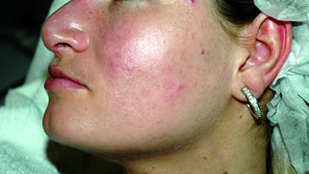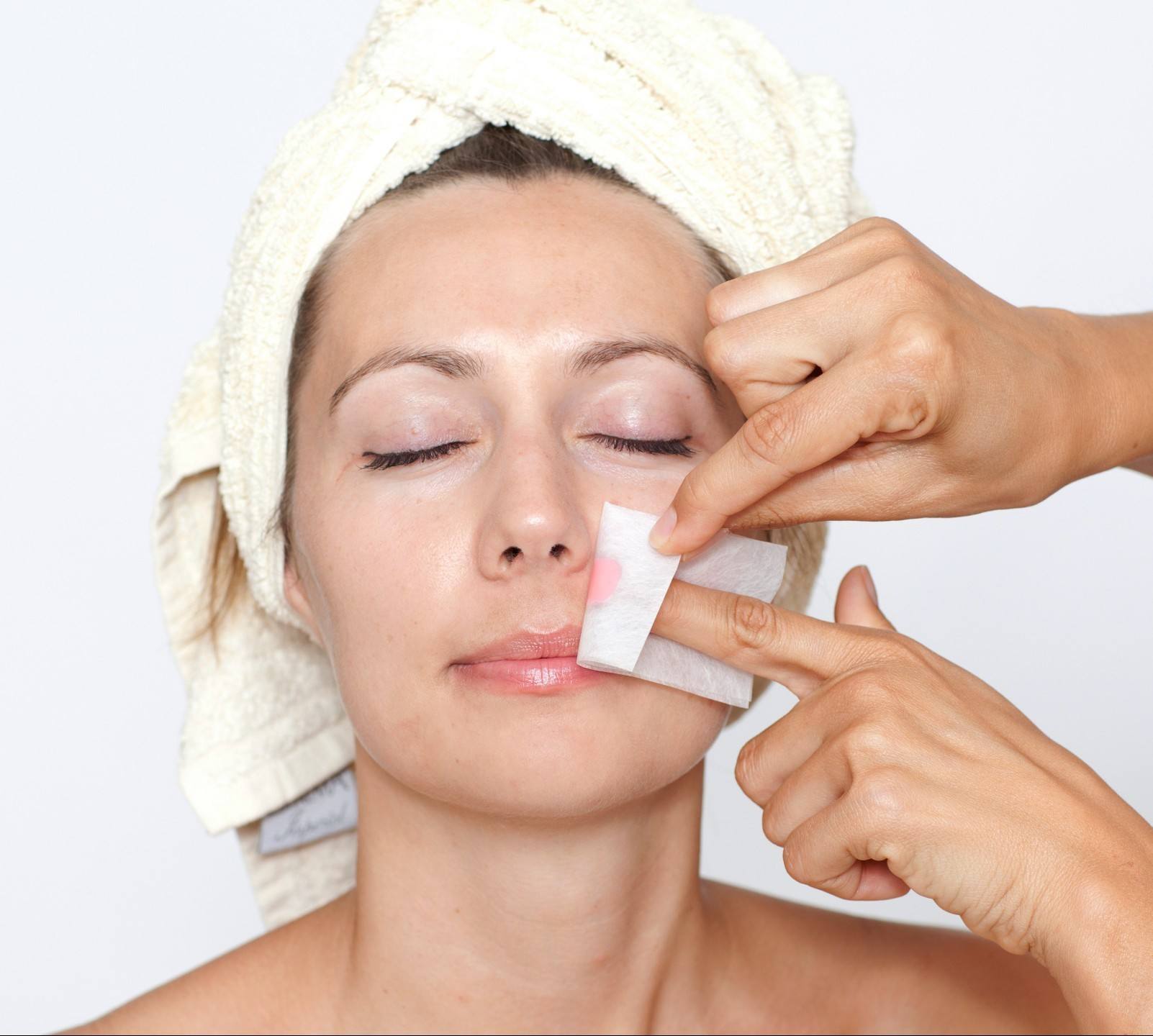Facial waxing is among the diverse methods of hair removal alongside shaving, plucking, and depilatories. It’s particularly suitable for addressing larger areas of facial hair efficiently.
Facial waxing involves the application of warm or cool wax onto unwanted hair, which then solidifies and is swiftly removed against the direction of hair growth, uprooting the hairs from the follicles.
For those seeking longer-lasting smoothness, facial waxing is a viable option, but it’s important to be mindful of potential side effects that may arise from this method.
Here are 10 potential side effects of facial waxing to consider when using these products, which are commonly available at local drugstores. However, effectiveness, safety, and reliability can vary.
Side Effects of Facial Waxing
1. Rashes
Although redness and irritation are usually short-lived after facial waxing, a rash can be a potential side effect that may persist for a day or more. If you develop a severe rash or if it spreads, discontinue using the waxing product immediately.
2. Temporary Bumps
Following facial waxing, you might notice temporary bumps on the skin surface, particularly around the pores where hairs were removed. These bumps can be soothed with a calming cream or balm and typically resolve on their own within a few hours.
3. Pain
Experiencing some level of discomfort is common during waxing, as the wax strips are swiftly removed, similar to pulling off a tight bandage from hairy skin. The degree of pain can vary depending on your skin sensitivity, pain threshold, hair density, and the specific facial areas being waxed. For instance, the upper lip might be more sensitive compared to the chin.
4. Redness and Irritation
Facial waxing can cause temporary mild redness and irritation immediately following the procedure. The freshly waxed skin may appear pink or red and feel slightly sensitive to the touch. Avoid using alcohol-based toners on your face after waxing, as they may cause a burning sensation. Typically, the redness should diminish by the next day. You can alleviate discomfort by applying a cool compress if the area feels tender.
5. Ingrown Hairs
While ingrown hairs are commonly associated with shaving, they can also occur with waxing. Minimize the risk of ingrown hairs by pulling the wax strips in the opposite direction of hair growth. Incomplete removal of hair roots and breakage of hair shafts beneath the skin increase the likelihood of ingrown hairs occurring.
6. Bleeding
Minor bleeding can occur during waxing due to removal of skin along with hair. Choose gentle or sensitive skin products if you have delicate or aging skin. Consult a doctor for persistent or excessive bleeding.
7. Allergic Reactions
Due to the diverse ingredients in facial wax products, allergic reactions are possible. Test a small area on your arm before using the product on your face. If there’s no rash within 24 hours, it’s likely safe to use. Discontinue use if you experience hives, itchiness, or a red rash.

8. Sun Sensitivity
Avoid applying facial wax to sunburned skin, as the process of waxing removes parts of the epidermis along with hair, making the skin more vulnerable to sun sensitivity, similar to the effects of a chemical peel.
9. Infection
Facial waxing can lead to infection if the skin is damaged during the process. Avoid waxing over cuts or wounds and seek medical attention if you notice swelling or oozing at the waxing site.
10. Scarring
Although rare, scarring can result from facial waxing, especially if waxing is done over cuts, on sunburned skin, or if an infection develops.
Outlook
While facial waxing can lead to various side effects, some can be prevented with proper precautions. Although minor pain and irritation are common initially, other issues like ingrown hairs and bleeding can be avoided.
To reduce the risk of side effects, adhere closely to the instructions provided with the waxing product, ensuring it’s specifically formulated for facial use and not for broader body applications. Refrain from waxing if your skin is excessively dry, irritated, or sunburned.
Avoid waxing areas of the face that are currently experiencing a breakout, have wounds or rashes, or are affected by warts or moles. The FDA advises against using wax products if you have circulatory problems or diabetes.
For optimal results and minimized side effects, consider seeking professional facial waxing services from a licensed medical esthetician. They can assess your skin type and recommend suitable techniques to achieve the desired results with fewer adverse effects.
